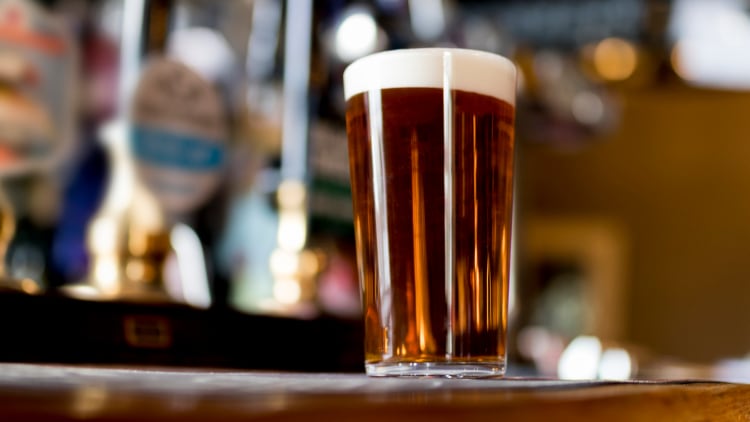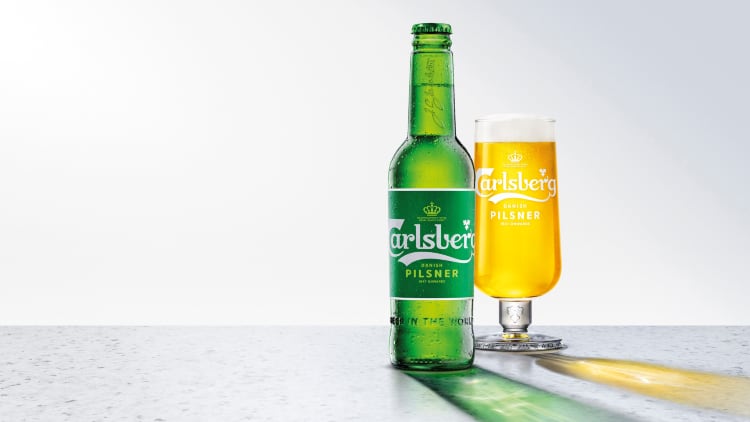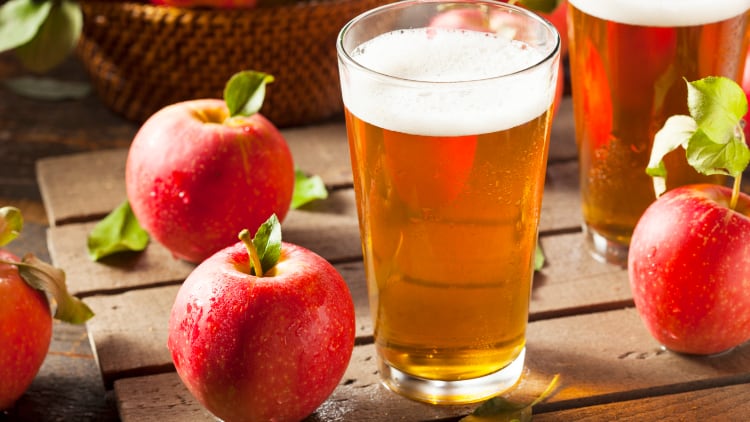What’s in a name? Quite a lot when it comes to food and drink, and creating perceptions of whether or not you’re going to enjoy it.
A lot of the seemingly crazy stuff perpetrated by Heston Blumenthal at his highly rated restaurant, the Fat Duck, has a basis in science. Professor Charles Spence, head of the department of ‘Cross Modal Perception’ at Oxford University, has done a lot of work with Heston to explore how other sensory inputs can affect your perception of flavour.
The naming of dishes is a key element. For example, you might have heard of the infamous ‘snail porridge’. Sounds disgusting! But what if it was called ‘risotto à la escargot’ instead?
Likewise, Heston has been known to do a ‘crab ice cream’. Pass the sick bucket, right? But call it ‘frozen shellfish bisque’, and I’d give it a go.
Not the sweetest of news
I’ve been reading up on food history and psychology for my latest book Pie Fidelity. The naming and describing of dishes is key in presenting food. One American food psychologist made this point by saying, “For example, what manufacturer or restaurateur in their right mind would ever describe their product as ‘bitter’?”
Genetically, we’re programmed to like sweet stuff because sugar was rare in our diets. Sourness is the taste of food that is past its best, already being broken down by mould and micro-organisms, while bitterness in nature is naturally associated with poison. We’re programmed to dislike and mistrust these tastes.
Babies reject them. If we grow to like them, it’s often with no small perseverance. The aforementioned food psychologist would, no doubt, be bemused or appalled then by the common name for the dominant British beer style of the late 20th century. IPAs and pale ales in the 18th and 19th centuries had assertive bitterness thanks to their high concentration of hops. In the late 19th century, a move to taxing beer on ABV led to lower-strength versions of these beers that became known, at first colloquially and then formally, as ‘bitter’. Mild ales – young beers that were originally named as such to distinguish them from aged beers – evolved to mean lower-hopped beers with less bitterness. Bitter and mild became the two key styles that defined British beer for almost a century.
But now, bitter is disappearing. Beers that once proudly described themselves as bitters or best bitters are rushing to rebrand as ‘amber ales’: Spitfire is the latest to announce the move, but it follows such iconic beers as Bombardier, London Pride, Wadworth 6X and Marston’s Pedigree, all now badged as amber ales.
Many commentators have dismissed this trend as a cynical marketing move, something perpetrated by trendy advertisers to appeal to a younger audience (as if this is somehow a bad thing). It’s particularly galling that ‘amber ale’ is more commonly associated with American craft beer. It’s easy to view this as proud British brands capitulating to the fly-by-night newcomers and desperately aping their language.
I have to say, in terms of how I feel, I’m with the defenders of bitter. I’m sad and disappointed by this re-categorisation. But if I put my emotions to one side, I can see why it’s happened, and in their position, I would have reluctantly done the same.
Colour coding
The world of beer is confusing to the newcomer. Beer styles didn’t evolve in a neat set of categories; they emerged in a mish-mash over several centuries and in different countries. Logically, they don’t make an awful lot of sense. Many styles change over time: what is considered to be an IPA now is different from what it was 10 years ago, let alone 50, let alone 200.
To survive, traditional British ale must attract new drinkers. I’ve seen research that shows categorising beer by colour makes sense to many.
All the brands noted above are losing volume to modern craft brewers, few of whom are going anywhere near bitter as either a style or a descriptor. How do these traditional brands fight back? With a heavy heart, I have to say that taking a word off the label that makes many potential new drinkers go “Ugh!” is a good start.
What about ‘sours’ then? Well, that’s a good question…




